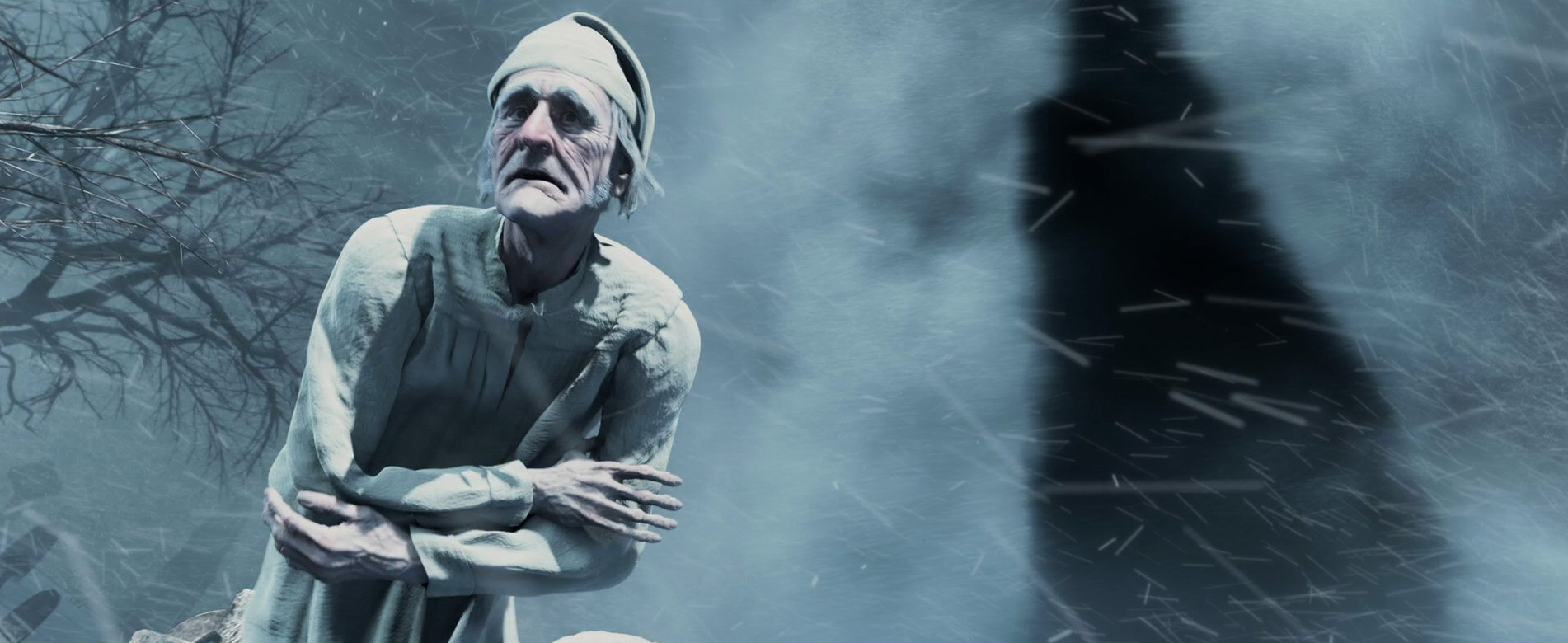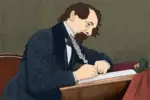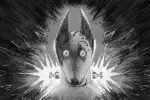Everyone has watched “The Nightmare Before Christmas” at least once between Halloween and Christmas. The animated movie that combines both holidays is a Tim Burton classic that people don’t get tired of re-watching again and again and again. In my opinion, the reason why the movie is so appealing has to do with the contrast between the dark, creepy, nightmare-ish elements of Halloween Town and the jolly, bright, cute North Pole where Santa and his helpers live.
When I was a kid, I absolutely loved watching “The Nightmare Before Christmas” when it was on TV in December. Maybe it had to do with the fact that I had already developed some kind of love for Halloween and horror movies, but for some reason watching Christmas get thrown in the same bowl as Halloween made the story feel like I was looking at a different face of Christmas—one I had never even thought existed.
As a horror movie fan, I love to see new things getting incorporated in the usual “murder-chases-protagonist-with-an-axe” or “demon-possesses-girl” plots. Throughout the years, screenwriters and directors have introduced new kinds of monsters: internet ghosts, invisible monsters, demon goats, zombie dogs, etc. Every year is harder to come up with new, scarier, creepier things to scare people. Perhaps this is why Christmas-horror movies are always such a surprise.
Unlike typical horror movies, Christmas-horror movies are often forgotten after the holidays end.
They seem to get packed away with the Christmas lights and tree ornaments. Still, many people will remember watching movies like “Gremlins” where a man gives his son a little furry monster as an early Christmas gift, or “Edward Scissorhands” where a strange young man with scissors for hands is the reason behind snow.
Why Christmas-horror exists is not something that people usually think about. The first time I wondered where Christmas-horror movies come from, I was watching “Santa’s Slay” with my sister. The movie revolves around the dark origin of Santa Claus, the son of a demon who comes back for Christmas to kill. The introduction of this character is such a surprise that my sister and I turned around and stared at each other wondering just what the heck we were watching.
Why are Christmas-horror movies a thing? How did someone ever think that making Santa the villain of the movie was a good idea? When did all this craziness began?
Honestly, it’s even easy to forget that such a thing as Christmas-horror existed before movies like “The Nightmare Before Christmas” and last year’s “Krampus.” Surely, watching Christmas get turned into another vehicle for horror stories might make some people roll their eyes and think that the film industry is trying too hard. Yet, it would be wrong to give all the credit to filmmakers when it’s clear that the origin of Christmas-horror goes back to 1843, the year the world met Charles Dickens’ novella, “A Christmas Carol.”
Now, it can be hard to think about “A Christmas Carol” as a scary Christmas story due to all the adaptations that the story has undergone since it came out, from movie adaptations to school plays and even rewrites for children’s books. “A Christmas Carol” is one of the most popular Christmas stories that has ever existed. Everyone understands what the story aims to teach: The true meaning of Christmas—sharing and giving and making the world a better place.

When Dickens wrote his novella, he was thinking about poverty, social injustice and how little people seemed to care about these topics. As a child, Dickens experienced poverty and humiliation. As a result, he became deeply involved in creating pamphlets and essays that addressed the struggles through which the children of the Industrial Revolution had to go through every day. But it was hard to open people’s eyes and make them really care about the issue at hand.
In “A Christmas Carol,” the ghost of a former fellow business partner, Jacob Marley, visits the very wealthy businessman, Ebenezer Scrooge. Scrooge is like many people were during the Industrial Revolution in England: He cares only about himself and increasing his fortune, doesn’t bother to spare a second to help the fellow man and is abusive to those who depend on him. When the ghost, Jacob Marley, appears on his bedroom during Christmas Eve, chained and damned to walk the Earth forever as a punishment for his greediness and selfishness, he warns Scrooge that he will end up the same way unless he becomes a better human being.
Chains and walking the Earth forever might not sound as scary as getting thrown across the room by an invisible monster. Yet, in 1843, when the novella first came out, the rattling of Jacob’s chains as described by Dickens was enough to give people nightmares. At the time, people feared darkness, illness and death. Three elements that, not so coincidently, are present in Dickens’ story.
Followed by Marley’s visit, Scrooge has to endure traveling between past, present and future by the side of the three spirits of Christmas. During these trips, he gets to see what hides behind the merry face of Christmas: The pain and harshness of a reality that isn’t as easy for everyone. When Scrooge meets the Ghost of Christmas Yet to Come, he sees his own terrible end and, finally, understand why he needs to stop being so mean to others.
“A Christmas Carol” is a Christmas-horror story for a bigger reason than the ghosts that plague it. Unlike Christmas-horror movies that aim to show monsters destroying a town and stealing presents, Dickens’ masterpiece focuses on scaring people toward kindness. By showing the people of his time how they all were going to end if they kept turning their heads away from those who needed help, Dickens succeeded in affecting his audience. After all, no one wants to be hated by everyone around and end up alone and forgotten.
So, if Dickens’ “A Christmas Carol” coaxes people to help each other, what do Christmas-horror movies aim to do?
It really depends on the director and the writers. While some of these movies start with the typical teenager who thinks that he or she is too good for Christmas or the kid who was overly naughty all year, some others simply start with the gory Christmas massacre and the demon goat wearing a Santa hat. Some movies just want to scare their audience in a setting where they would never expect to feel fear. Others want to scare you, but teach you a lesson or make you wonder why you always complain about what you get for Christmas.
I think Michael Dougherty’s “Krampus” makes a clear case for Christmas-horror movies.

Much like in Dickens’ novella, the lack of festive spirit and dysfunctional workings of the Engel family unleashes the wrath of the Christmas demon, Krampus. The movie shows how the family is forced to cooperate with each other despite their differences, in order to survive Christmas Eve. Even though they aren’t as lucky as Scrooge at the end of “A Christmas Carol,” the Engels still serve as a moral lesson for those who overlook Christmas as “just another silly holiday to sell Hallmark greeting cards.”
The popularity of Christmas-horror movies is uncertain, though, since we don’t really see one come out every year. Still, when a horror movies that involves everyone’s favorite holiday is playing in the theaters, there will always be a line of people who will want to see Santa as the bad guy, a family trapped under a Christmas curse or the killer snowman creeping around the protagonist’s house. Either way, it is impossible to say that Christmas-horror hasn’t pushed people to wonder how good they truly behaved during the year.


















[…] Making Christmas Scary: Why Do Christmas-Horror Films Exist? […]